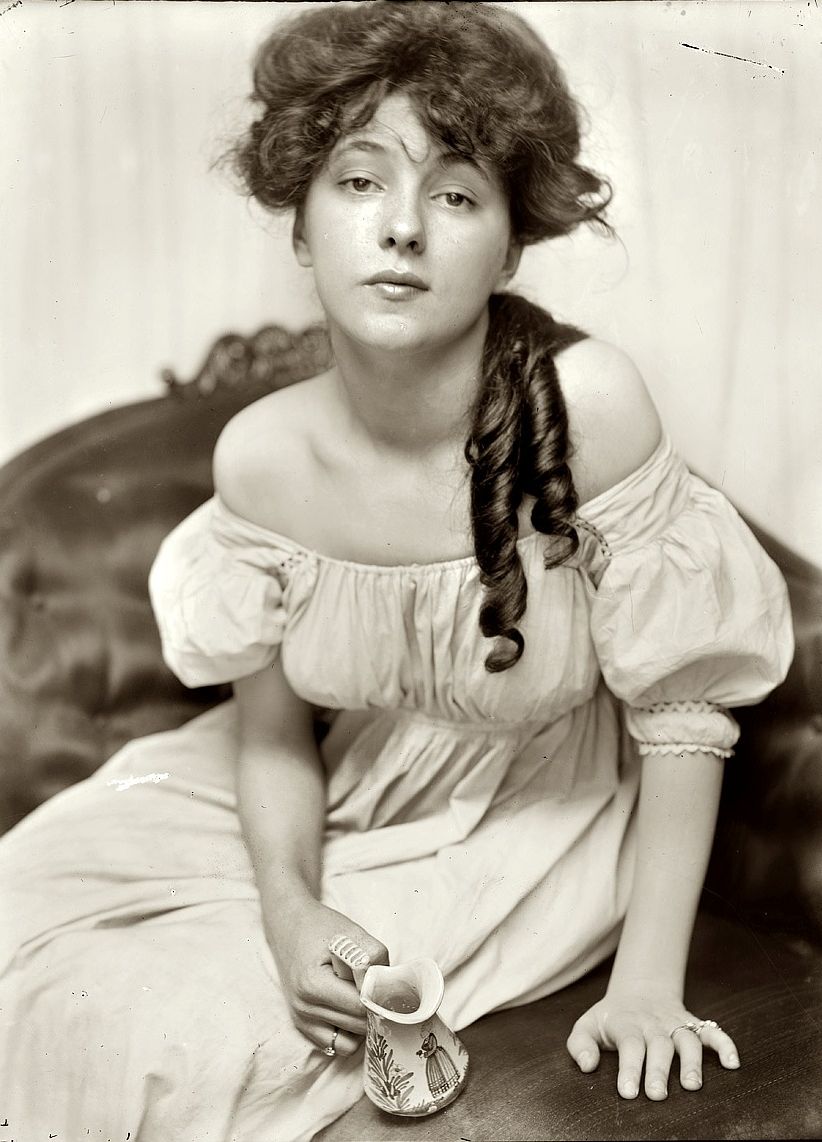Authors:
Historic Era:
Historic Theme:
Subject:
June 1969 | Volume 20, Issue 4


Authors:
Historic Era:
Historic Theme:
Subject:
June 1969 | Volume 20, Issue 4

A number of people who attended the opening of Mamzelle Champagne at the roof theatre of Madison Square Garden noted the arrival of Mr. and Mrs. Harry Kendall Thaw and their two male guests. Young Mrs. Thaw, the former show girl Evelyn Nesbit, was well known as one of the beauties of New York, and her husband, the thirty-five-year-old heir to a Pittsburgh rail and coke fortune, had achieved notoriety as an irresponsible playboy who was continually in the news: he once drove an automobile through a display window; he tried to ride a horse into an exclusive club that had blackballed him from membership; he reportedly gave an elaborate dinner in Paris at which the only guests were women of questionable reputation and the favors were pieces of jewelry; at another of his parties music had been provided by John Philip Sousa’s entire band.
On that opening night — June 25, 1906 — Mamzelle Champagne dragged badly (Mrs. Thaw described it as “putrid”), but no one seems to have observed Thaw leaving his table. When a member of the cast began singing “I Could Love a Million Girls,” three pistol shots suddenly cracked, and the audience whirled around to see a man slump in his chair and slide to the floor, silver and glassware crashing about him. Standing beside him, Harry Thaw held a pistol in the air as if to signal the end of the deadly business; then he walked back and joined his wife and friends.
“Good God, Harry!” she cried, “What have you done?”
“It’s all right, dear,” he replied, kissing her. “I have probably saved your life.”
At that, a fireman on duty at the Garden disarmed Thaw and a policeman led him to the elevator. Behind them the panicky crowd and the girls from the chorus clustered around the fallen man. Lying dead in a pool of blood, his face blackened beyond recognition by powder burns, was Stanford White, fifty-two-year-old man about town (a “voluptuary,” some called him) and America’s most famous architect, whose proudest achievement was Madison Square Garden.
Six months later the most sensational trial in the country’s history began, a trial that revealed to plain people everywhere the hypocrisy of Victorian morality. Although Thaw was on trial for his life, the high moment of drama came when Evelyn Nesbit Thaw was called to testify. Ten thousand jammed the streets to see her — a twenty-two-year-old girl who looked sixteen (“the most exquisitely lovely human being I ever looked at,” wrote Irvin S. Cobb) — and a shocked nation began to witness